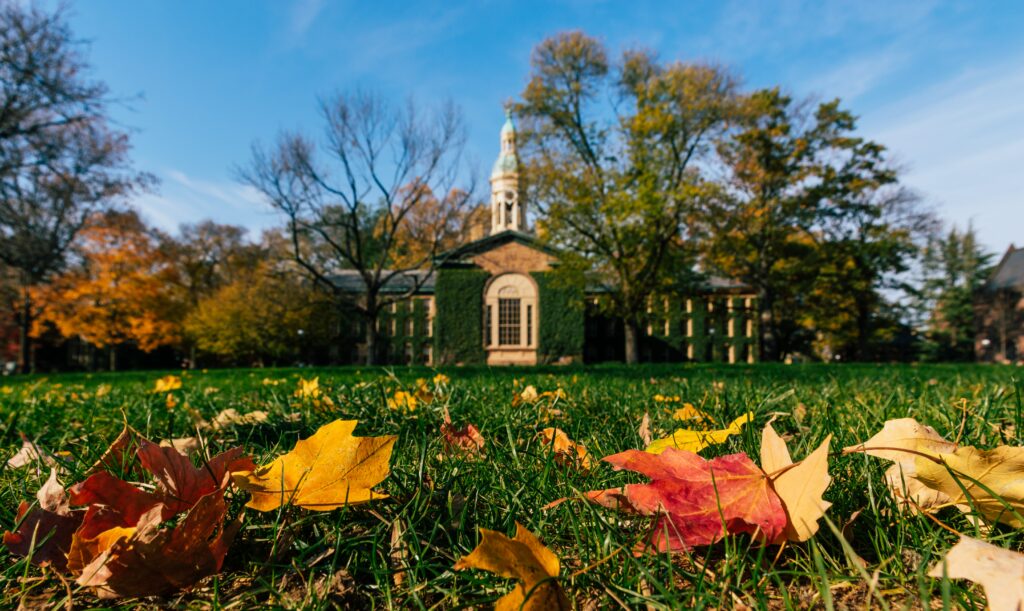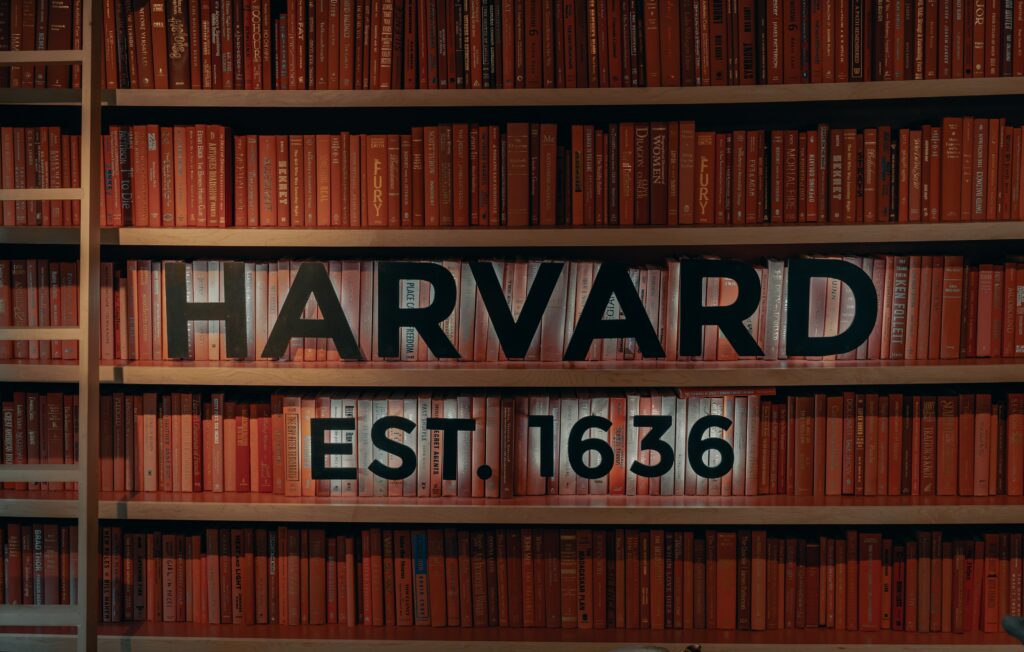Why is it that so many brilliant students around the world so desperately want to study in eight schools located in the Northeastern part of the US? Why is it so that certificates from Brown, Harvard, Yale, Cornell, Columbia, Princeton, and Dartmouth universities and the University of Pennsylvania open literally every door?
The history of the Ivy League is as interesting as its present. All these schools are believed to be the most prestigious institutions in the country. In the whole world, actually. This status, as well as outstanding reputation, is what helps Ivy League alumni excel in job search after graduation.
Elite or not, all these universities function according to the rules established by the US education system. That means their students are getting tons of homework and often drown in it because of enormous pressure.
For that reason, Ivy League students, all other students alike, address essay writing services to keep up with the deadlines. They often need essay writer help even more because the writing standards are higher and the volume of assignments is bigger.
Nevertheless, no matter how hard it is to study in the Ivy League, students still try to make it come true. That’s all because each university has an outstanding history and an exemplary track record of success to impress.
Yale
Even though the term “Ivy League” was not known before the 1950s, most of the universities under this umbrella have over 300 years of history. Yale is one of them.
In the 1640s, the efforts of colonial clergymen achieved the establishment of a local college. Shortly after that, it was transformed into a Collegiate School. In a couple of years, the college received an official name Yale in honor of Welsh merchant Elihu Yale.
Since then, Yale has been going through its own evolution and political revolutions, always remaining at the forefront of American education. Its students and alumni have always been ranking among the top and occupying the leading positions in whichever field.
Brown University
Brown University also has a long history that starts in the 1780s. The idea to establish a university free of any form of discrimination finally came into reality in 1784. Since then, the very name of this educational institution is associated with cultivating knowledge in a spirit of free inquiry.

Brown has been constantly changing to meet the needs of different times. Different schools, colleges, and institutes were added to it later to prepare the cadre the world needed. Today, this place also stands up for the advancement of society through education.
The University of Pennsylvania
The founder of this school is Benjamin Franklin himself, who presented his idea of a perfect school for men and women to Philadelphians back in 1749. In 1751, he managed to open his academy really quickly and inexpensively.
After years of reformation and change, the University of Pennsylvania became America’s first university. After that, it shortly became private and earned its current name. From 1791 and until now, the university has been associated with pragmatic sciences.
Harvard
Harvard ranks number one among the oldest educational institutions in the US. It was founded in 1634, which means its history has already lasted for around four centuries. This is also the first private educational institution that has never been state-owned and remains as such today as well.

That said, Harvard has been growing through periods of growth as well as through revolutions and political turmoil, but never closed its doors to students throughout its history. Today, it’s one of the strongest pillars of the Ivy League.
Princeton
Princeton was founded in 1746 as a place to train Presbyterian ministers dedicated to their views. However, internal conflicts led to the separation of the school from the church. In 1756, the school moved to its current location in New Jersey. Since that time, Princeton has been evolving and developing rapidly, striving to meet the needs of the growing population of students.
Dartmouth
Dartmouth is the smallest university among all the Ivies. Nonetheless, it has been educating since 1769. It started as a charity school whose goal was Indian Christianization. However, it shortly became popular among whites and grew into a fully functioning college separated from any religious influence.
One of the most surprising facts is that this college was a men’s institution for most of its history. Women were accepted as degree candidates in 1972 only.
Columbia
Columbia University is one of the fifth oldest universities in the US. It was founded by King George II of England as King’s College in 1754. The name Columbia was awarded to this school in 1784. Except for outstanding educational endeavors, this university has been always fighting at the forefront for freedom and progress.
Today, this New York institution attracts millions of applicants throughout the world. it remains highly selective. One of the criteria to get to Colombia is to prove your dedication to innovation and research.
Cornell
Cornell has a more recent history, but it is included in the Ivy League for its academic excellence and student activism. It was developed as a technologically innovative school, focusing on engineering and research. Until now, this university is focused on transformation and engineering innovation even more than others.
The History of the Ivy League
The seven Ivy League schools are the oldest and most recognized institutions in American history. They are also known as seven out of nine Colonial Colleges. These schools have been preparing quality cadres for centuries now, and they continue to do so.
However, they all were united under the Ivy League title only in 1954 after the NCAA athletic conference for Division I had been convened. At that time, the elitism of schools was partially determined by their involvement in sports, primarily basketball.
However, today, the term has been widely used beyond the sports context. The Ivy League today represents eight private schools that are characterized by academic excellence, selectivity, and social elitism.